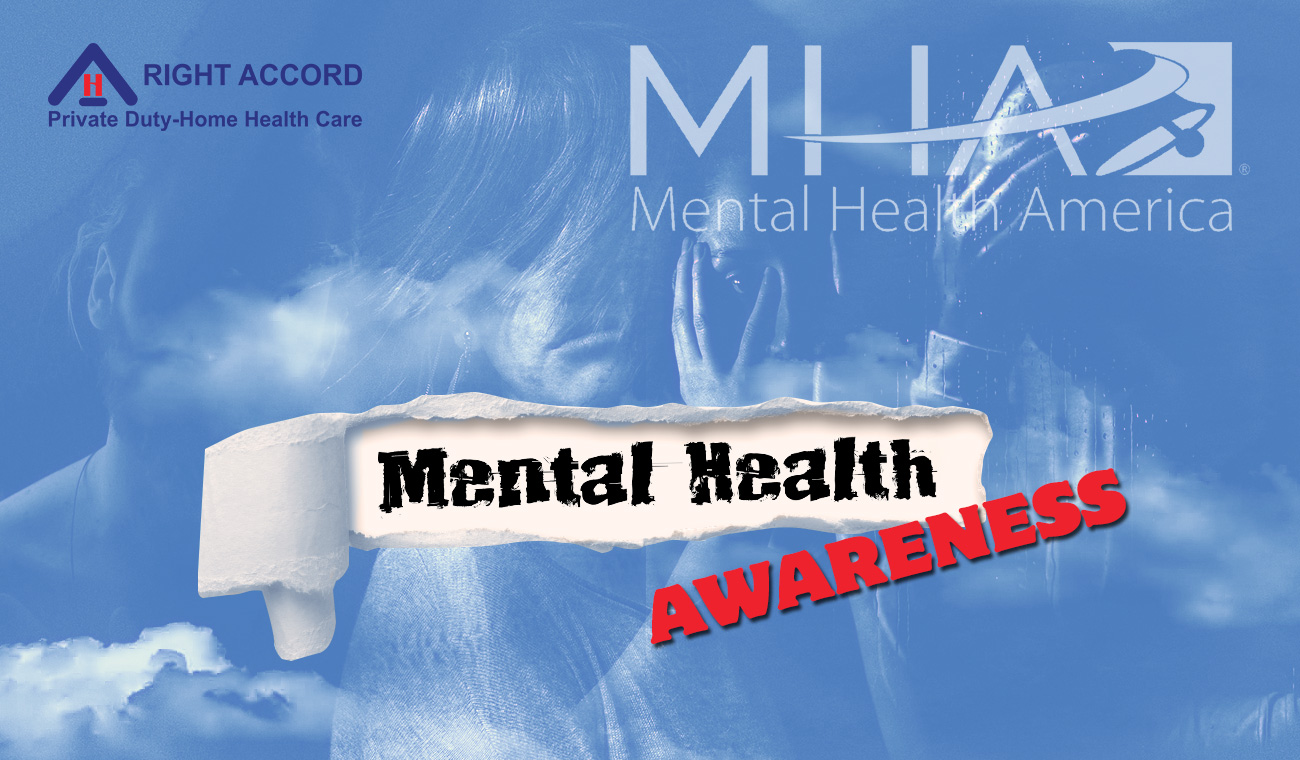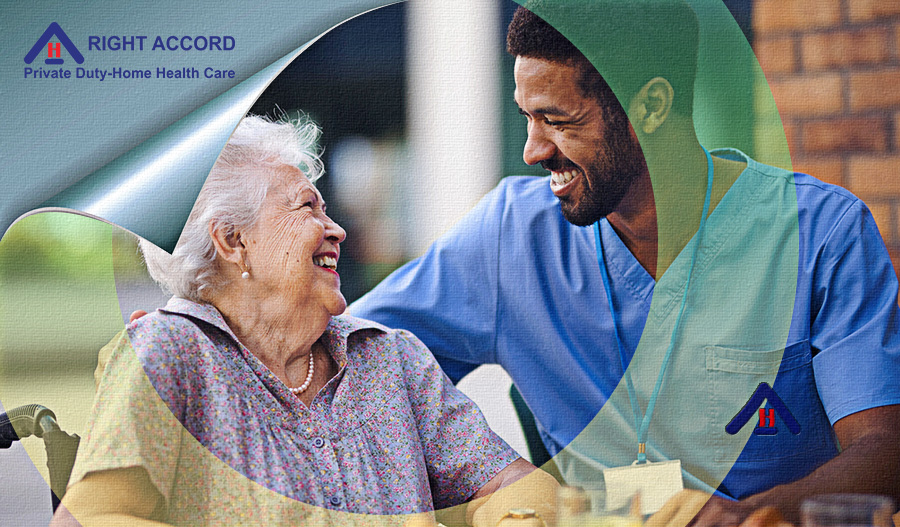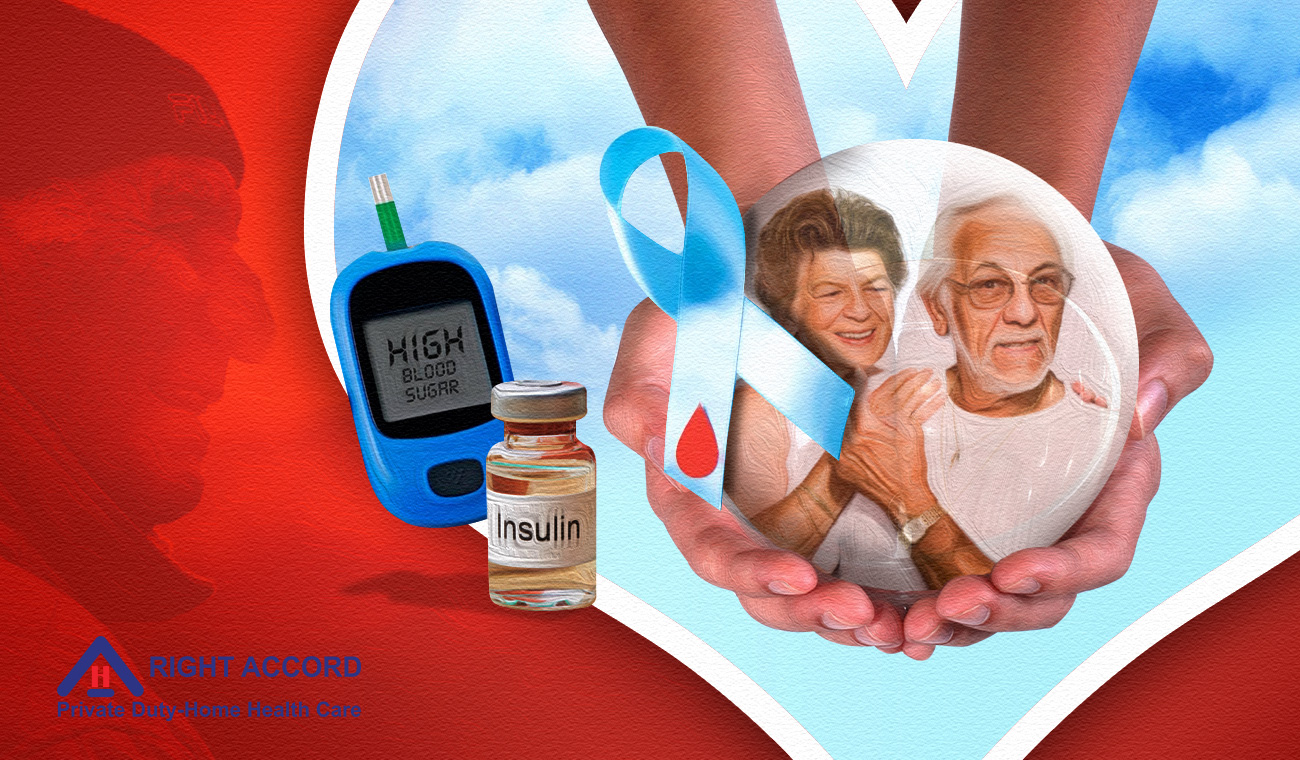· 7 min read
Is There a Cure for Post Traumatic Stress Disorder Among the Elderly?
Post Traumatic Stress Disorder is a mental health issue that affects all ages including the elderly. Check out the best cure available today to end this global problem.

By: Rosemarie Tamunday Casanova — RN, BSN, MHA
The entire month of June has been designated the awareness month for post traumatic stress disorder (PTSD). This is a month set apart to talk about a type of mental health disorder that affects millions of people who have been exposed to trauma which later serves as a trigger.
Post traumatic stress disorder awareness was first created in 2010. It was the senator - Kent Conrad from North Dakota who championed this movement in congress following the death (by suicide) of a North Dakota National Guard member, Joe Biel who had done two tours in Iraq. Joe would return home with symptoms of PTSD which eventually cost him his life.
It was at this time that it became imperative to really talk about the condition and how it affected soldiers who had seen war. Joe Biel’s birthday, June 27, was subsequently picked as the day of PTSD awareness. Later, the awareness was extended to the whole month of June and not just the 27th. As we go on to create awareness, we will consider the concept of post traumatic stress disorder in its entirety and how it can recognized.
What Is PTSD?
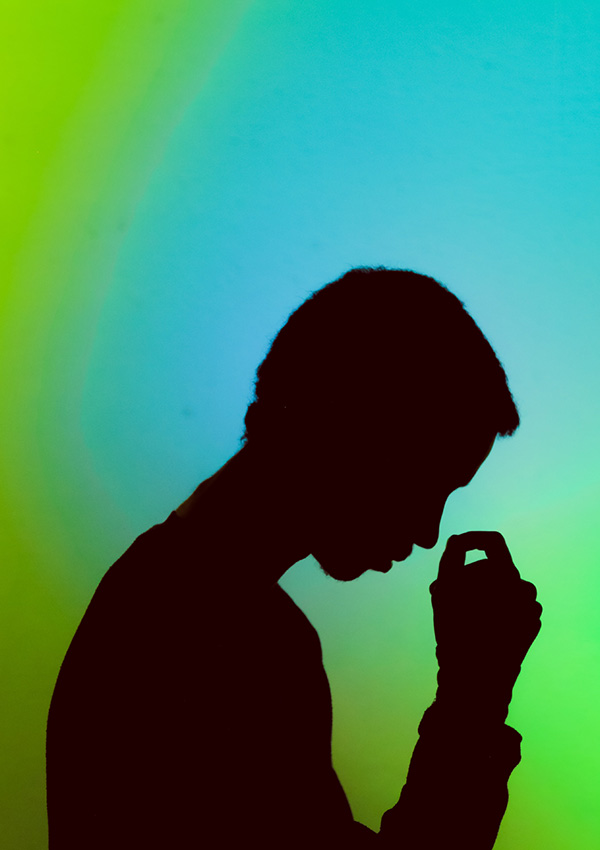
Photo by Gift Habeshaw on Unsplash
PTSD is a mental health disorder characterized by first a history of exposure to a traumatic experience. These experiences exist in varying forms either as war, physical or sexual abuse, victims of natural or man-made disaster, assault, recovery from life threatening illness or accidents.
Some people who experience and survive these extreme situations may sometimes start to present with red flags which if present for more than a month, can be classified as PTSD.
However, it is not everyone who has experienced trauma that will eventually suffer from PTSD. A study suggests that 70% of the American population have suffered from trauma that is sufficient enough to cause PTSD. Surprisingly, not all do or will have it. Only 20% of that number, representing 44 million people, will either develop or have it already. Currently, 8% of them have the disorder. The prevalence of PTSD is also significant for another reason - half of all mental health patients have symptoms of PTSD.
SYMPTOMS OF PTSD
The symptoms of post traumatic stress disorder vary with people and to different degrees. However, in general, there are classical red flags to look out for. This is especially in people who, as mentioned earlier, have been exposed to traumatic experiences:
- Nightmares and distressing dream episodes involving a replay of events around the trauma suffered
- Flashbacks of events from the experience
- Panic attacks after a traumatic memory is recalled
- Triggered emotional response (fright or flight response )
- Intentional self harm as a coping mechanism
- Violent episodes
- Suicidal thoughts and attempts
PSTD is only seen in adults. Children rarely have the condition as they tend to have other ways of processing traumatic situations. They tend to play out the events or even totally forget the experience.
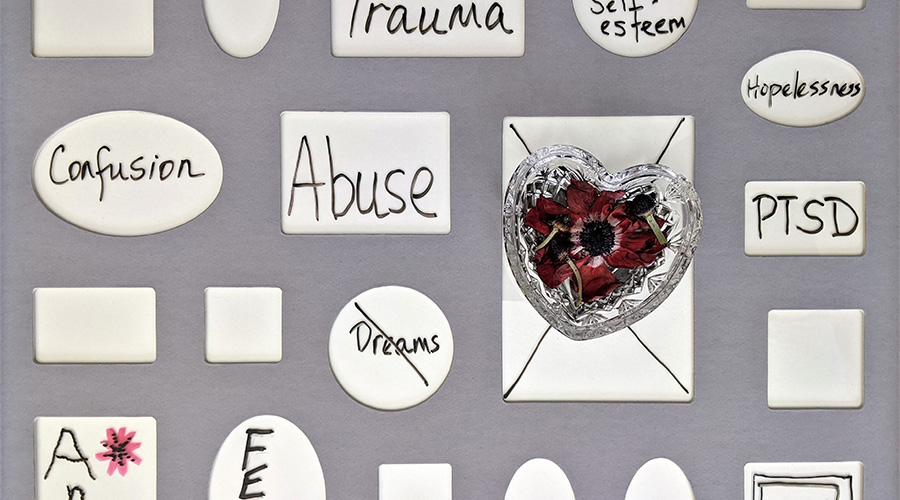
Photo by Micheile Henderson on Unsplash
Post COVID-19 Syndrome
In what has been described as an emerging consequence of the covid 19 pandemic which has rocked the world in the past one year, some survivors have been left with an aftermath of symptoms which include:
- Fatigue
- Sleep distortions
- Difficulty in breathing
- Joint and chest pain
Added to these physical symptoms, some people have also shown signs of mental disorder now referred to as Post Covid stress disorder. And this is quite similar to the presentations seen in PTSD. Many countries around the world are going through second and third phases in the battle against the covid 19 pandemic and with that, it is expected that more people may develop PTSD secondary to this cause in the coming months. About 1 in 13 people in the world are expected to develop post traumatic stress disorder after surviving a serious bout of the infection.
This only makes the call for increased awareness more important than before. You do not have to be a health professional to play a role in this month of awareness . There are a couple of things you can do on your own or in groups to help make this year’s campaign a successful one.
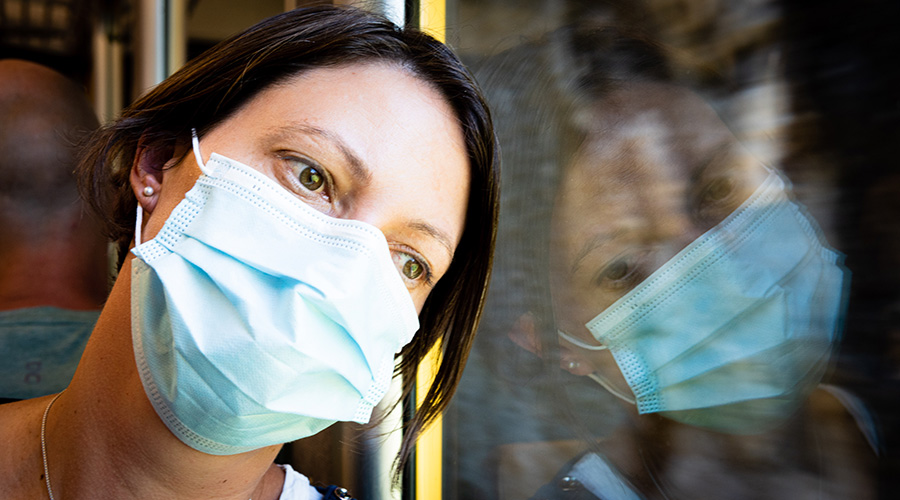
Photo by S B Vonlanthen on Unsplash
How you can help
Learn the key information
First, you can begin by learning all you can about the condition. This article has made an attempt to throw some light in the right direction but are are also extensive sources that you can draw from. The United States department of defense for example makes available yearly, publications, articles and posters on their platforms for military personnel and their family members. The department of Veteran Affairs provides such services as well. There are also other platforms dedicated to the psychology of PTSD.
Share your knowledge
Knowing is never enough. Having gathered the right information, seize this period to share that same knowledge with friends, family and colleagues. The interesting thing about this year is that everyone knows a person or two who may have suffered from covid 19 infection. Therefore, any one of such persons has a varying tendency to develop PTSD and this is why everyone needs to hear the message from you.
Promote awareness
Using social media platforms is one swift and easy way to share information to a larger community of people just with a click. Using already prepared posters and information materials from credible platforms, they can be shared and forwarded on your pages or groups. They can be used to start off conversations on the subject as well in online fora.
Reach out
If you know anybody who has suffered from a traumatic life event, this is the time to reach out to them. Social re-integration is one of the ways to help people cope with such trauma and reduce their odds of having PTSD. It is also easier to look out for and spot red flags early in those who start to show signs. Help them understand that there is a treatment option for PTSD that works. People who have been through such have gone on to lead normal lives once again.
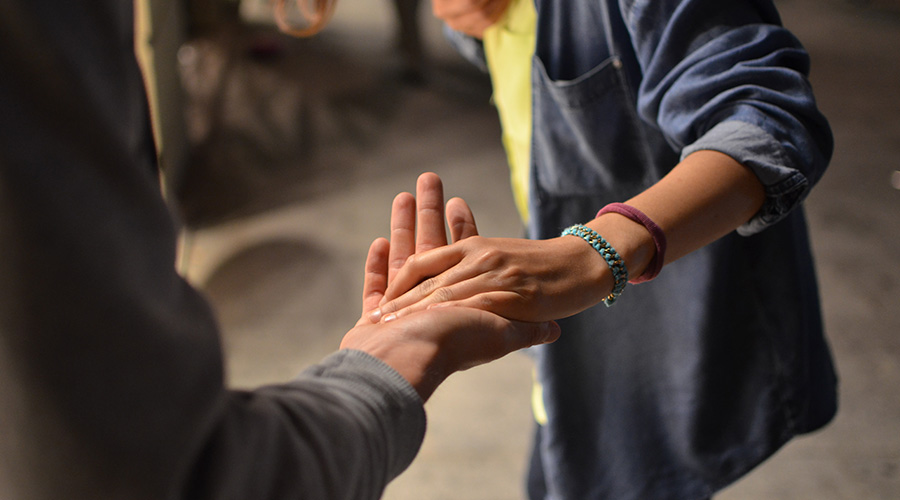
Photo by Remi Walle on Unsplash
What to do if you have PTSD
Having PTSD is not the end of life and going through a harrowing experience isn’t either. Dare to believe that you survived for a reason. Post traumatic stress disorder is nothing to be embarrassed about and like any other health condition, it is one that requires professional help and management. The good news is that if well managed, PTSD can be cured with victims making a full recovery and regaining a good quality of life. Having a good support base from family and friends can also help a lot.
In no attempted elevation of experiences of war survivors over other victims of unfortunate traumatic situations of life, veterans of war who have given their all for the safety and continuation of the sovereignty of their countries ought to be celebrated on this day as well. Because just like Joe Biel, many other former military personnel have been victims of this condition. We thank them for their service and we all will play our part in helping them go through a phase that is mentally precarious, in order to come out on the other side better.
